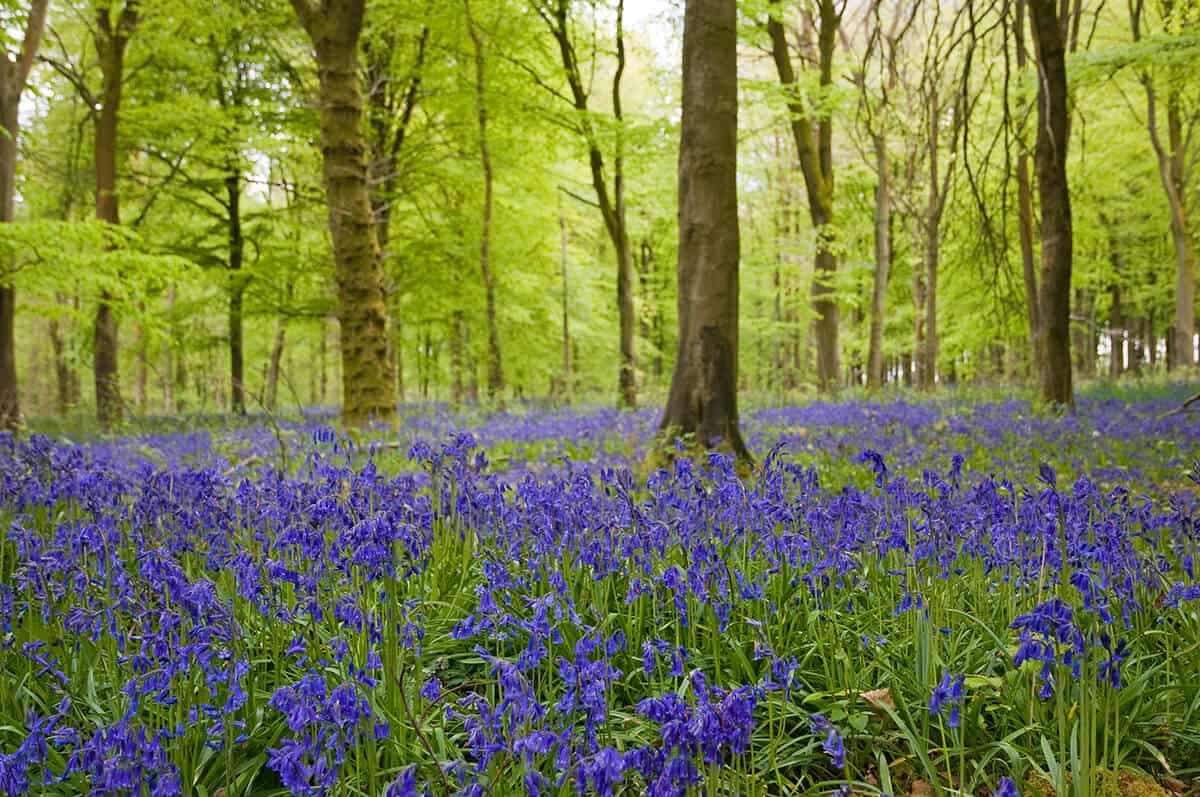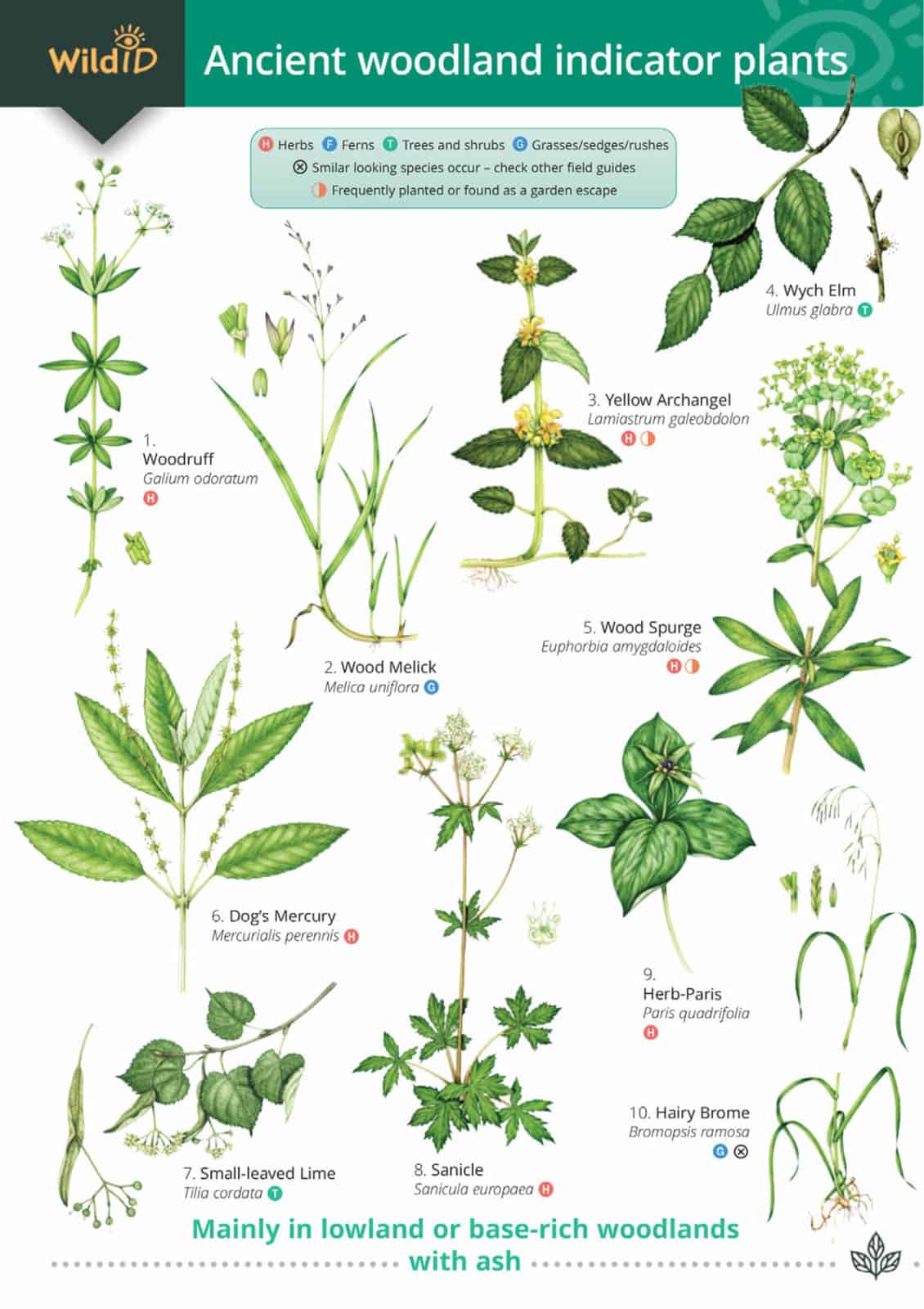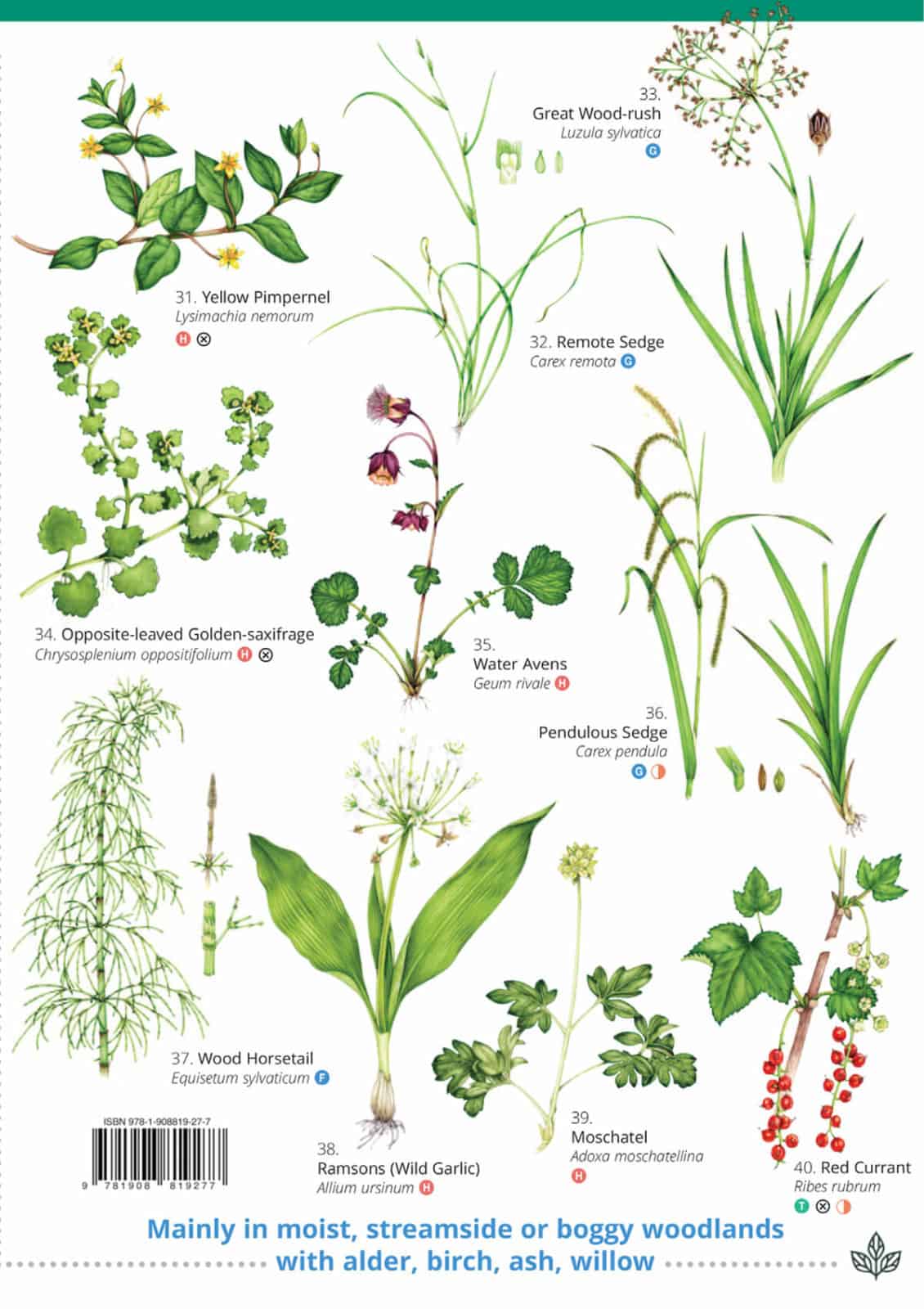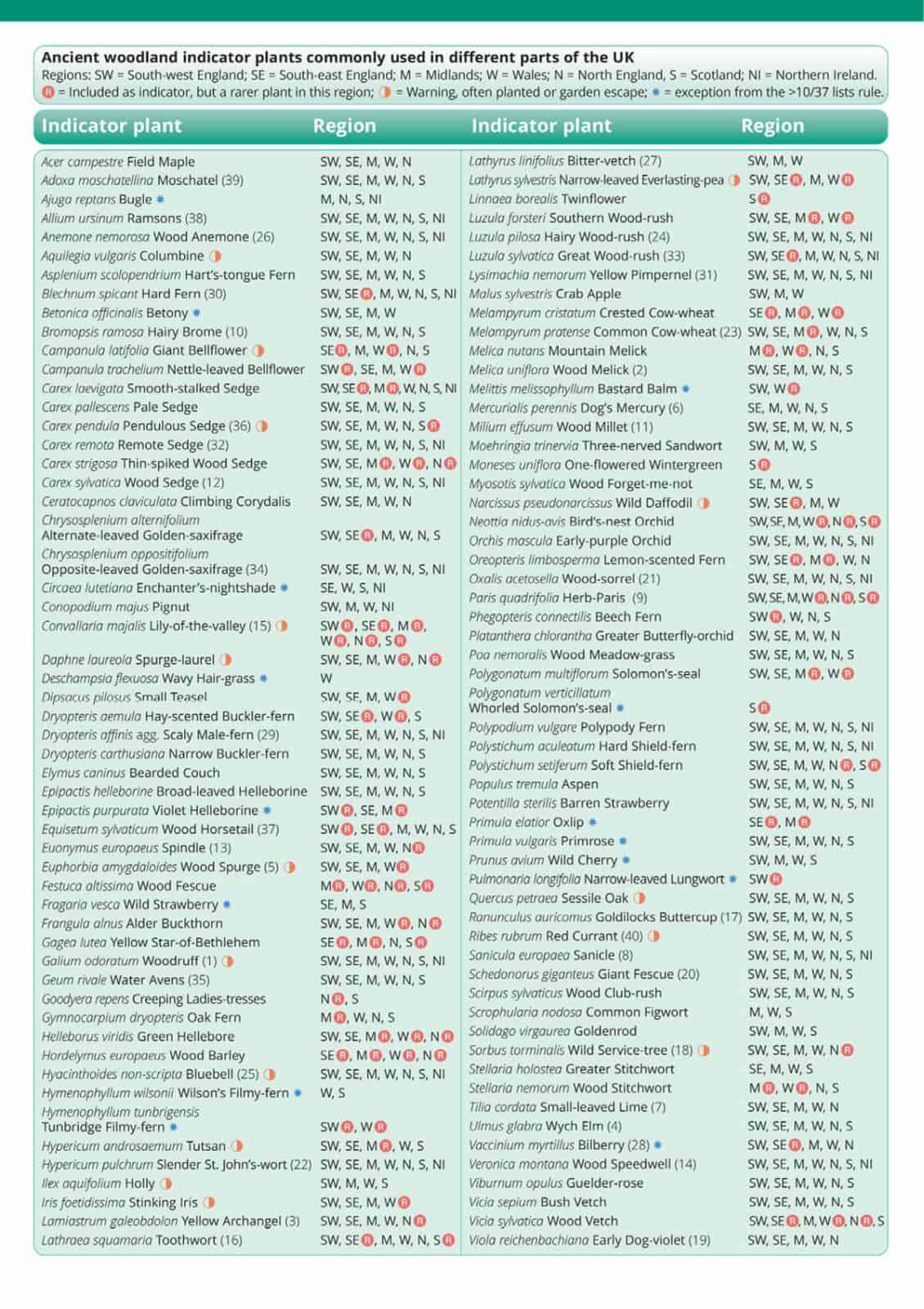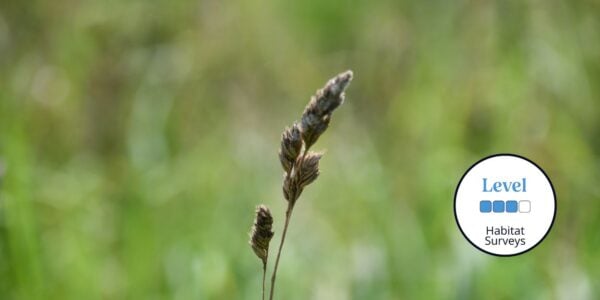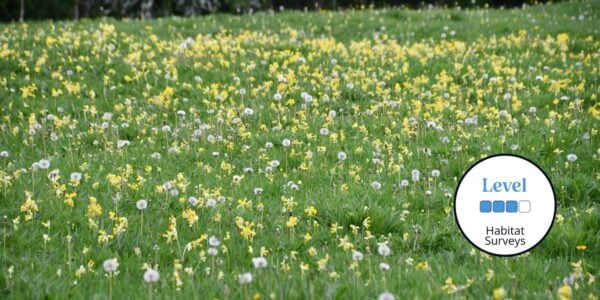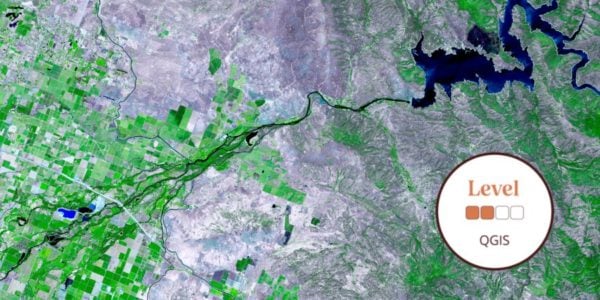Ancient woodland indicators guide
The Ancient woodland indicators guide features over 40 flowering plants and ferns.
The guide features beautiful colour illustrations of each plant. For ease of use, these are grouped by woodland type, from lowland base-rich woods to upland acid woods and woods on boggy soils. Since the most appropriate indicators vary between different parts of the country, we have included a table for each county.
Ancient woods have been around long enough to develop as ecosystems that are rich, complex, and irreplaceable. In the UK, our ancient woodlands are sites that have been wooded since medieval times, with a threshold date of 1600AD (1750AD in Scotland). This date is when reliable maps started to become widely produced. But it also pre-dates the time when tree planting became common.
Having developed over such long timescales, ancient woodlands have many unique features. Soils are generally relatively undisturbed soils. The communities of plants and animals depend on the stable conditions that ancient woodland provides. Ancient woodlands are also living history books, with features such as medieval boundary banks, charcoal hearths and old coppice stools hinting at human activity in centuries past.
Ancient woods are a delight to visit. Some produce spectacular displays of spring flowers with carpets of bluebells and bursts of wood anemones. The plants provide evidence that a site has been continuously wooded for hundreds of years. This identification guide is an introduction to these plants.
Ancient woodland indicators guide was produced in partnership with the Woodland Trust.
Our popular field guides measure 24.5cmx17.5cm and is extremely lightweight so is the perfect identification chart for popping in your bag when heading outside. All wildlife identification guides are laminated, meaning they are showerproof for use outside. and can be wiped clean.

